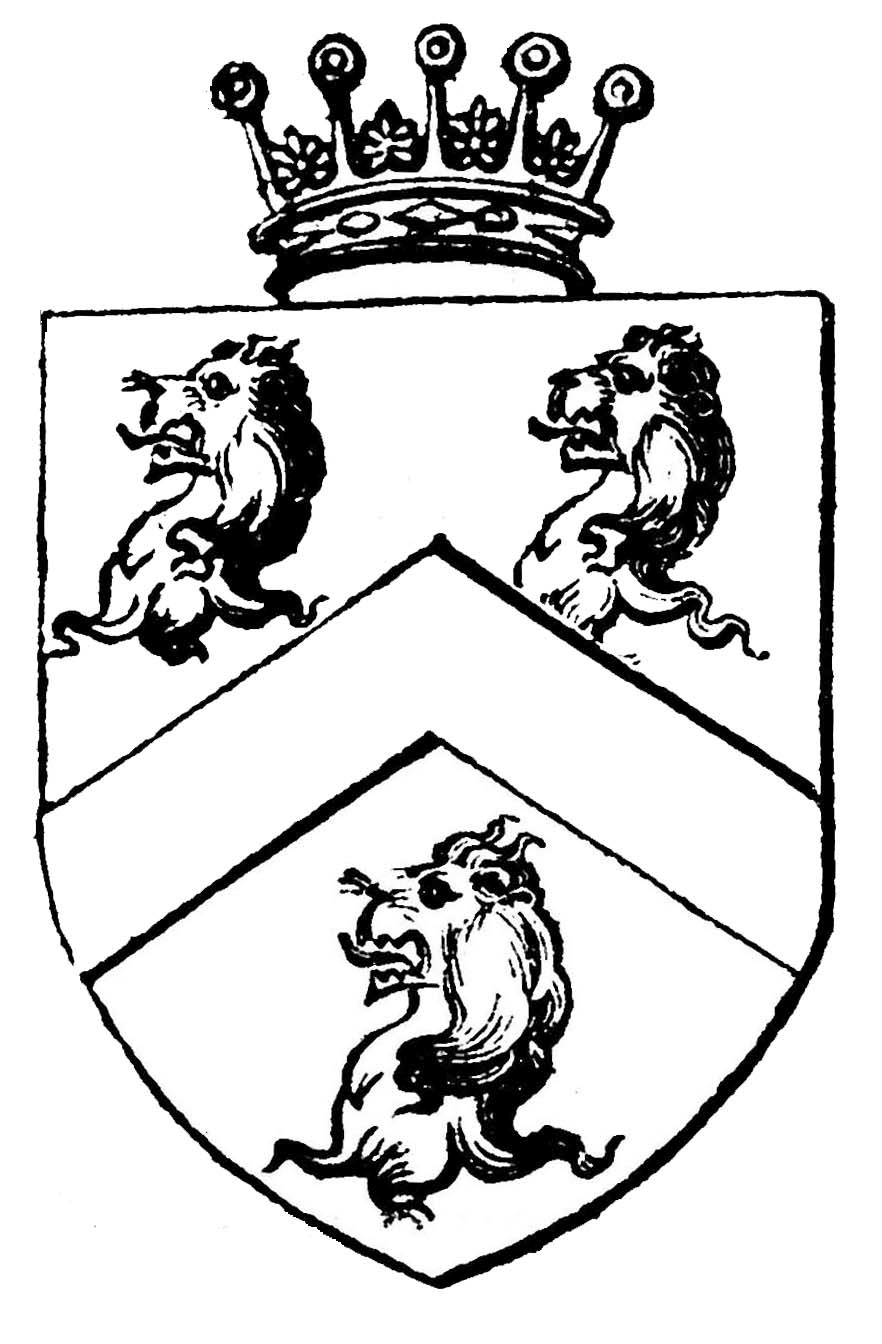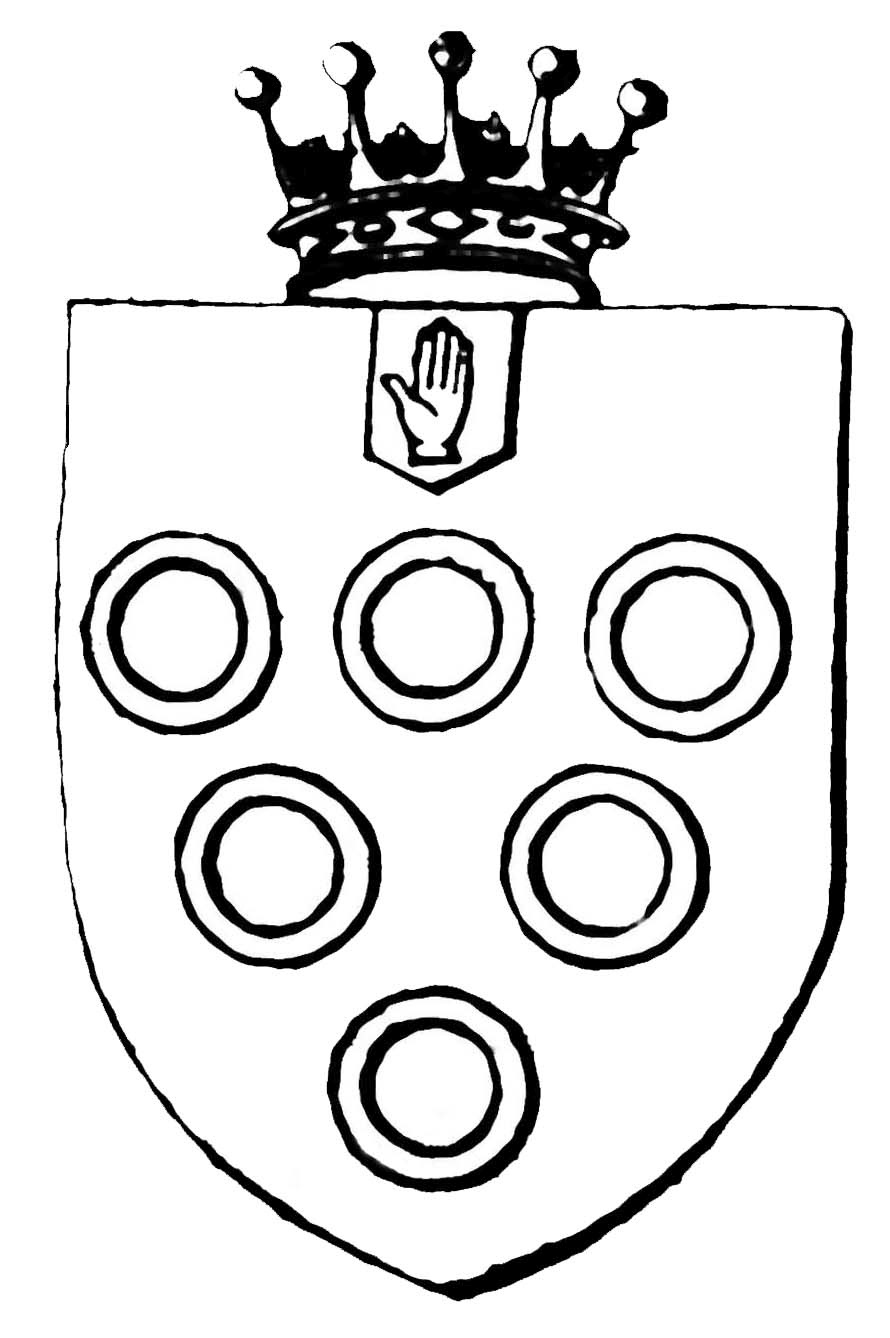


 |
 |
Locating Manorial Records
The key to finding out whether manorial records survive for a particular manor and, if so, where they are kept is the Manorial Documents Register. For those counties which are included on the online version of the Manorial Documents Register, the register will sometimes give you a full reference to individual manorial records but you will usually also need to consult record office lists, in order to obtain the full reference. You will then have all the information you need in order to ask to see an original record.
1. Manorial Documents Register
This is the national register of manorial records, maintained by The National Archives at Kew. Originally a card index, this is now in the process of being recreated as a searchable, online database. To date, all the counties of Wales have been made searchable online, together with the following historic English counties: Hampshire, the Isle of Wight, Middlesex, Norfolk, Surrey, Yorkshire, and (from November 2006) Cumberland, Westmorland, and Lancashire North-of-the-Sands. For other counties you will need to go to Kew to consult the paper Manorial Documents Register in The National Archives.
The online database is searchable by parish name, so you do not need to know the name of a manor in order to find documents relating to an area in which you are interested. Note: for Cumberland and Westmorland, 'parish' means the modern Civil Parish, as found in the English Place Name volumes for Cumberland and Westmorland (in most cases equivalent to the ancient civil unit of administration, the township), rather than the ancient ecclesiastical parish, many of which in Cumbria were vast territories encompassing many settlements. Where it was thought useful and practicable, the old township name has been included with the Civil Parish, making the search as complete as possible. The administrative relationships between manors and overlordships can be complex: in order to ease your use of the MDR, consult Cumbrian Superior Manors. There is also a special section explaining how to relate overlordships and larges estates to the MDR.
Follow this link to access The National Archive's online Manorial Documents Register for Cumberland, Westmorland, Lancashire North of the Sands and other counties, available from November 2006.
2. Record Office Lists
In order to look at an original manorial document, you will need to call it up from the strongroom in the library or record office in which it is kept. And to do that, you will need to be able to cite its reference number in the repository. You may already have this if you have identified the document using the Manorial Documents Register. If you don't have a full reference, you will need to consult the record office's list of the archives in the collection in question. Some of these archive lists are now available online through the Access to Archives website. However, many record office lists have not yet been published on the web and will be found as typescript volumes on the shelves of the record office search room.
When using record office lists, it is important to understand that the system used by archivists to locate and reference archival sources is completely different from that used in libraries for printed material (where the author's name, the title of the book and the place and date of publication are the key elements).
The starting point for archival sources is not the author or title of the manuscript but its provenance, i.e. Where did it come from? Once a manuscript source is in a repository, this question translates as 'Which collection is it in?' Most archive repositories contain numerous collections of archives from different sources and a first principle of archive management is to retain archives in their collections. There are several major collections of Cumbrian manorial records.
Within collections, archives are usually grouped into groups or classes, according to how they came to be in the collection. Manorial records often form a class within a large family or estate collection. Classes can contain literally thousands of individual documents and are sometimes subdivided into subsets, within which each document is given a piece number.
For example, the full reference to the 15th-century jury charge of the manor court of Windermere is CRO (Carlisle), D/Lons/L5/2/11/291. This is a unique reference for this particular roll of parchment and is made up of the following elements:
- CRO (Carlisle) = standard abbreviation for the repository: Cumbria Record Office (Carlisle)
- D/Lons = the collection, in this case the vast archive deposited in the county record office by the earls of Lonsdale
- D/Lons/L = documents which were formerly kept at the Lowther estate office. The other main section of the collection is the archives which were formerly at Whitehaven (D/Lons/W)
- D/Lons/L5 = records of manors and estates
- D/Lons/L5/2 = manorial records
- D/Lons/L5/2/11 = records of manors in the barony of Kendal, including Windermere
- D/Lons/L5/2/11/291 = the piece number (291) assigned to this particular parchment roll.
3. Major Collections of Cumbrian manorial records
There are numerous collections of Cumbrian manorial records, the three major ones being:
 |
Leconfield Collection at Cumbria Record Office (Whitehaven), D/Lec: Lord Egremont's records of the formerly extensive estate centred on Cockermouth Castle, including the honour of Cockermouth and baronies of Allerdale, Egremont and Wigton. The manorial records from the 16th century onwards are grouped into two main sets, those covering the Percy manors and those relating to the Wharton manors.For further details see Leconfield. |
 |
Lonsdale Collection at Cumbria Record Office (Carlisle), D/Lons: Lord Lonsdale's extensive archive includes numerous manorial records. The core of the medieval holdings of the Lowther family was comparatively small but purchases across the 16th and 17th centuries resulted in numerous manors coming into the family's hands; earlier manorial records were often transferred to the Lowthers with the estates they purchased. As a result, the Lowther archive contains a wealth of manorial material, especially for Westmorland and west Cumberland. For further details see Lonsdale. |
 |
Howard of Naworth Collection at Durham University Library, Archives & Special Collections, HN: the Howard of Naworth archive includes large volumes of manorial records for Gilsland barony in north-east Cumberland, a major overlordship comprising over twenty member manors. This extensive archive also includes material relating to certain Cumberland manors lying outside the barony. |
To see further details of the Lonsdale and Leconfield collections go to: Guide to groups of manors in the Leconfield and Lonsdale archives . The Cumbria record offices also hold the records of local firms of solicitors and estate agents, many of whom acted as stewards and land agents for lords of Cumbrian manors and therefore created or stored manorial records for their clients. Relevant collections can be found via record office lists, the Manorial Documents Register and Access to Archives websites.
Credits: This site is maintained by Dr Angus Winchester and Dr Eleanor Straughton. For advice about access issues, please visit the Department's Accessibility Advice Page.
Copyright: Department of History, Lancaster University | Disclaimer: as per university policy.